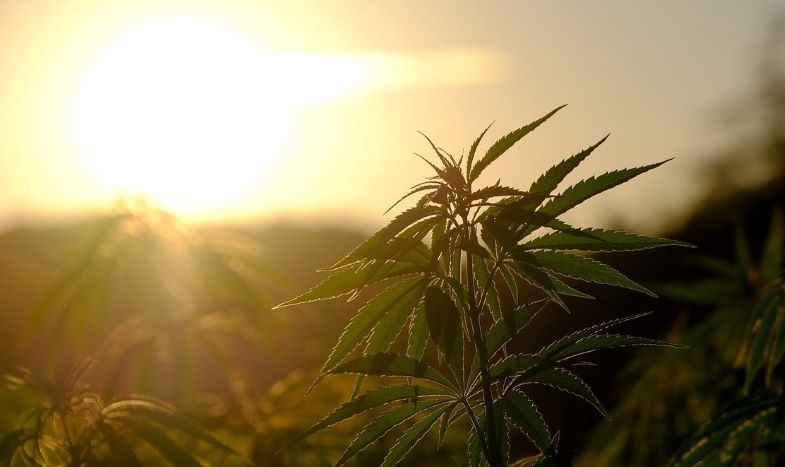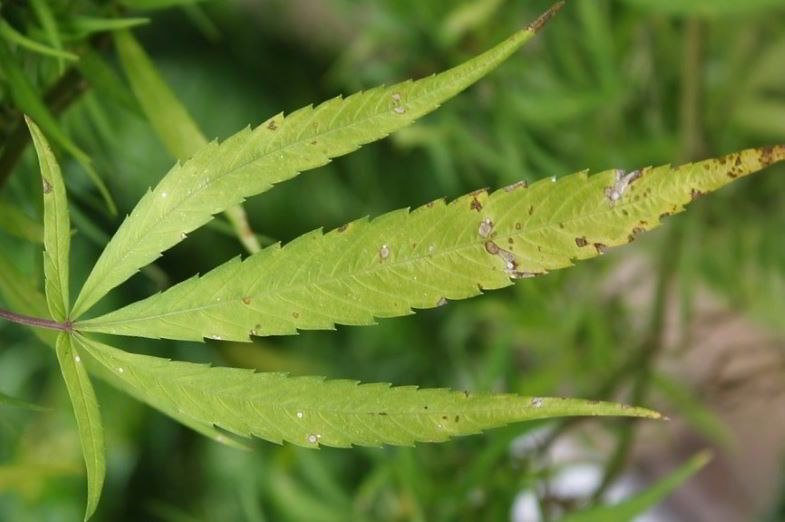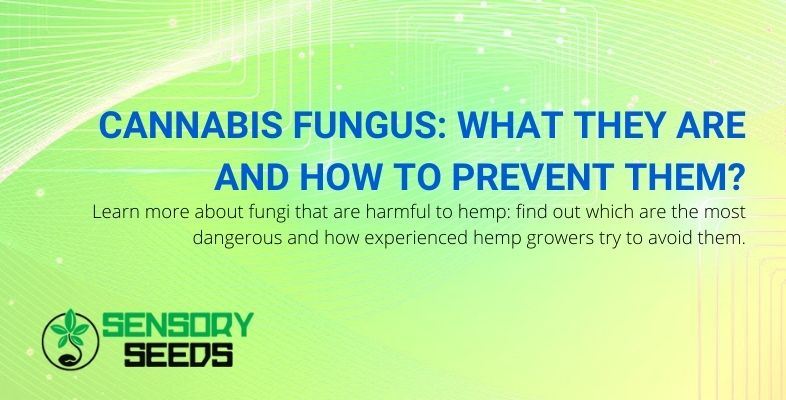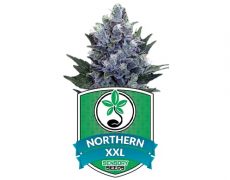Modified on: 20/09/2022
Learn more about fungi that are harmful to hemp: find out which are the most dangerous and how experienced hemp growers try to avoid them
Fungi are silent and dangerous microorganisms that, when they find the most favourable conditions for spreading, can damage an entire cannabis plantation in no time at all.
Cannabis growers know that from the moment the marijuana seeds are planted until the plants are in bloom, it is essential to stay away from them and prevent their appearance.
But what are the most dangerous fungi for hemp plants?
And how can they be prevented?
Here is everything you should know about cannabis fungi.


Cannabis mushrooms: when they appear and how to prevent them
Like all fungi, the ones that infest hemp plantations like damp, warm and poorly ventilated environments.
The first step to avoiding their occurrence is to devise a good prevention plan. How?
Hemp growers who grow indoors have a much better chance of protecting themselves against fungi.
A good strategy is to disinfect all utensils, objects, and surfaces that will contact the plants, starting as early as the germination phase of thecannabis seeds.
Furthermore, it is essential to keep the entire cultivation area perfectly tidy and clean during the vegetative and flowering phases. Be sure to remove any organic remains and clean the surfaces with bleach and water or a fungicide solution. It would also be preferable to enter the grow room wearing clean clothes (to avoid carrying fungal spores from outside).
In addition to all this, it is essential to monitor humidity levels, make sure that the ventilation system allows adequate air to circulate throughout the room and, of course, be careful about over-watering.
Outdoor hemp growers cannot control temperature or humidity levels (also because the plants are exposed to rain); however, they can keep the growing area clean and tidy.
Furthermore, in outdoor cultivation, it is essential to remove promptly the organic remains of the plants, which periodically settle on the soil, to prevent them from becoming a receptacle for germs, bacteria and fungal spores.
When planting all the hemp specimens, it is also essential to leave enough space to grow so that enough air can circulate between each plant. And again, the cleanliness of the equipment should not be neglected.
Finally, in both indoor and outdoor plantations, fungicides can be used as a preventive measure. There are various types on the market, chemical, organic, and biological (propolis, nettle macerate, etc.).
Read also: Cannabis mother plants: what they are, advantages and selection
What are the most harmful fungi for hemp?
Having explained how to prevent the appearance of fungi, you probably want to know which ones are the most threatening to cannabis crops. In reality, there are many: Pythium, Fusarium, and so on.
However, in the following few lines, we want to tell you more about the three most common ones.
Let us begin.
Powdery mildew
Powdery mildew is a fungus known to most farmers, not only cannabis farmers.
It looks like a white powder that spreads on the top and bottom of the leaves and sometimes in the plant’s stem. It occurs mainly in outdoor cultivation, where keeping humidity levels at bay is more complicated.
Furthermore, it is essential to fight powdery mildew in hemp as soon as it is spotted: both because it spreads rapidly and because it mustn’t reach the cell membranes of the plant. In addition, it is essential to use strong fungicides and cut off the affected parts of the plant.
Botrytis
The botrytis fungus occurs mainly in hemp plants already attacked by caterpillars.
The caterpillars make holes in the buds, where their excrement and a lot of moisture are deposited. These factors favour the fungus development and cause the tops to start rotting from the inside, turning brown.
Unfortunately, when dealing with botrytis in hemp, there are few remedies. This fungus spreads rapidly, and when you realise it is present, it is often too late, so you end up having to throw away most of your harvest.
If you do become aware of its presence, it is advisable to remove the affected branches immediately so that the spores of this pest cannot reach the surrounding plants. Unfortunately, fungicides are not always practical.
The best tactic remains prevention, but besides regulating the temperature and humidity (where possible), it is also essential to discourage invasion by caterpillars, which pave the way for this fungus.


Downy mildew
Downy mildew is also prevalent in cannabis plantations. This fungus spreads rapidly and manifests itself in the appearance of brown and yellowish spots, mainly on young leaves. As it spreads, it tends to fade the green of the plants and drop the leaves until the plant dies.
Downy mildew usually proliferates when the ambient humidity exceeds 50%, which is why it is essential to control the environmental parameters with dehumidifiers and fans (indoors, of course) to prevent its occurrence.
In outdoor cultivation, it is recommended to use both systemic and contact fungicides.
Read also: Vertical growing: features, advantages and disadvantages
To conclude
As seen in this article, fungi can pose a severe threat to cannabis plantations. They are invisible enemies that, after their sudden appearance, often spread at the speed of light, compromising entire crops.
The key to combating them is always ‘prevention’, but unfortunately, this is typically not enough.
After this in-depth information, reminding you that growing hemp is not legal in Italy, we take the opportunity to invite you to visit our store Sensoryseeds.
In our shop, which specialises in selling weed seeds online, you will find a wide range of products to collect.
Choose from our wide range of quality weed seeds to complete your collection: feminized seeds, auto flower seeds, fast growing weed seeds, there is something for every taste!
We look forward to seeing you on Sensoryseeds.com!









